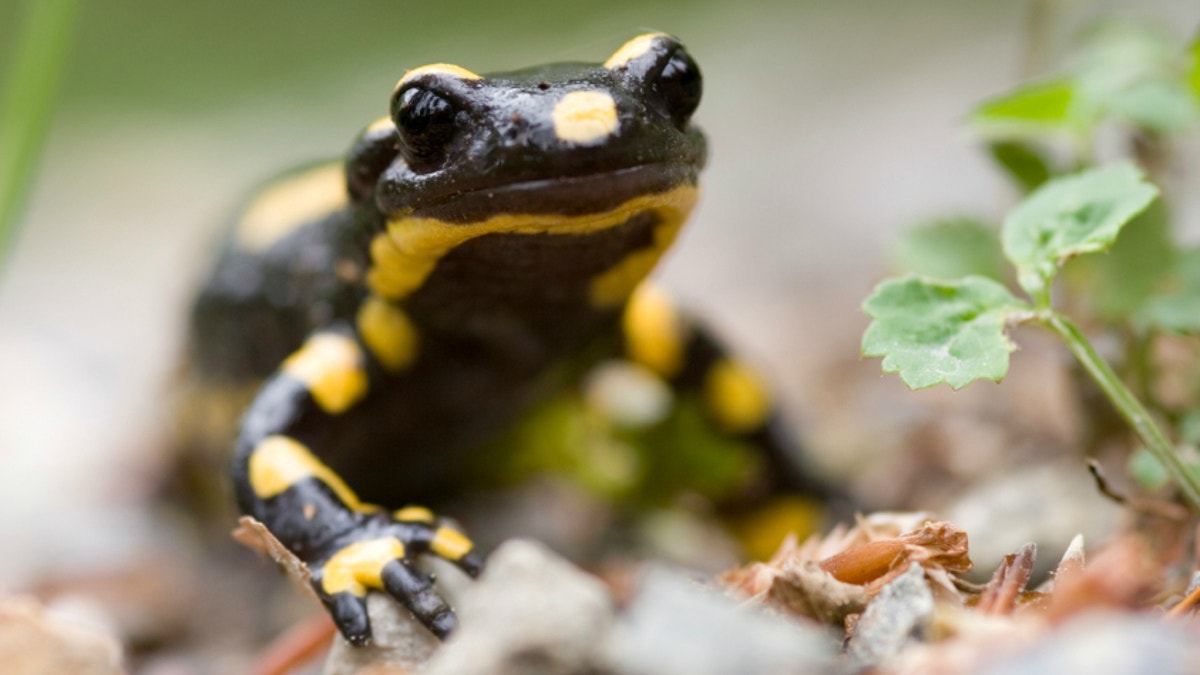
For a salamander, the loss of a limb isn’t a terrible event. If a leg or a tail is suddenly amputated, the amphibious creature can simply regrow the lost body part, as if it had never been damaged at all.
Because of this incredible natural ability, the salamander has long been a point of interest for many in the field of regenerative medicine. And now, researchers at the University College London are unlocking the secrets behind the salamander’s limb regeneration techniques, hoping to one day apply it to human amputees.
In a new study published in Stem Cell Reports, researchers have discovered the importance of the ‘ERK pathway’ – a chain of proteins that must be constantly activated in order for the salamander to generate new body parts. According to the scientists, the constant activation of these proteins triggers the salamander’s cells to reprogram themselves and divide, slowly turning into the structures that have been lost.
Additionally, the researchers at UCL have identified a significant difference between the ERK pathway in humans and the one in salamanders, providing a better understanding as to why people’s limbs don’t grow back when severed.
“The suggestion that the ERK pathway needs to be active, that can guide research,” lead researcher Dr. Max Yun, at the UCL Institute of Structural and Molecular Biology, told FoxNews.com. “We can use this information and can try to apply it as we speak. In the longer term, if we were to try to induce humans to regrow their arms, [this pathway] would be something we’d have in mind.”
Although the salamander isn’t the only animal known to regenerate lost body parts, Yun said it’s one of the most popular creatures to study, as it is perhaps the closest in the animal kingdom to humans that has this ability. Not only are they vertebrates, but salamanders have very similar body plans to humans, with their limbs looking a lot like our own.
And their capacity for regrowing tissue is almost limitless. Apart from regrowing limbs, they can regenerate almost any other part of the body, from heart and eye tissue to parts of their spinal cord and even sections of brain tissue.
“They can lose their limbs at 20 years old, and they will still regenerate it, and they will do it perfectly,” Yun said. “When these animals lose their limbs, the new limb that they grow looks exactly the same as the limb they lost.”
To better understand this inherent “miracle grow” skill, Yun and her team closely analyzed the process of tissue regeneration in salamanders, looking for the various proteins that were expressed. They discovered constant activation of the ERK pathway in the cells near the initial wound. Ultimately, these ERK proteins relay information from outside the cell to the cells’ nuclei, telling the cell to lose its characteristics and reenter the cell cycle. The cells then start dividing and forming brand new cell types.
“Say you lose most of your arm; you need to generate enough cells to create a new arm,” Yun said. “The way [these proteins] do it is to reprogram the adult cells that remain in the stump, and those adult cells proliferate to make more of themselves and differentiate to make new tissues.”
For a limbless salamander, this pathway is constantly activated until the lost tissue is completely reformed. But in humans and other mammals, the ERK pathway can only be activated briefly. While salamanders can induce cellular reprogramming through the ERK pathway for up to three days on their own, humans don’t naturally activate the pathway after a loss of limb -- and when the researchers tried to induce this cellular reprogramming in mammals, the animals could only activate the ERK pathway for up to two hours.
With this knowledge in mind, Yun said future scientists could potentially activate this ERK pathway in people who have lost their limbs, either through the delivery of new DNA or small molecules that stimulate the pathway.
“We’d have to find ways of activating the ERK pathway in the adult tissues in humans, in this case to regrow an arm,” Yun said. “There are probably other things that we have to manipulate for the process to go well, but this is quite an important part of it.”
